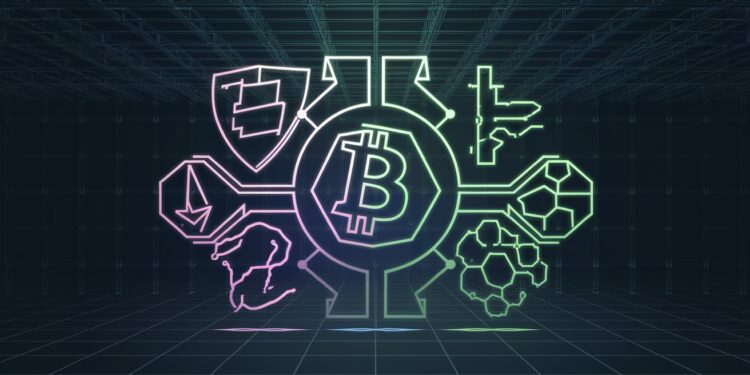In a stunning revelation, the US Treasury Department has fallen victim to a sophisticated cyber attack orchestrated by Chinese state-sponsored hackers. The breach, which occurred earlier this month, allowed the malicious actors to gain unauthorized access to Treasury workstations and pilfer unclassified documents, sending shockwaves through the cybersecurity community and raising alarming questions about the security of government institutions in the digital age.
The Anatomy of a Cyber Heist
The audacious cyber assault unfolded after the hackers managed to compromise BeyondTrust, a third-party cybersecurity service provider contracted by the Treasury. By exploiting vulnerabilities in BeyondTrust’s systems, the attackers cunningly carved out a path to infiltrate the Treasury’s digital fortress, bypassing layers of security measures and gaining a foothold in the department’s networks.
While the full extent of the breach remains under investigation, initial assessments indicate that the hackers were able to access workstations and exfiltrate a trove of unclassified documents. The Treasury Department, in collaboration with the Cybersecurity and Infrastructure Security Agency (CISA) and law enforcement agencies, is currently working around the clock to assess the impact of the attack and fortify its defenses against future incursions.
The Specter of State-Sponsored Cyber Warfare
The revelation that the cyber attack was carried out by Chinese state-sponsored hackers has sent tremors through the corridors of power in Washington. This brazen assault on the Treasury Department underscores the growing threat of state-sponsored cyber warfare and highlights the urgent need for robust cybersecurity measures to safeguard critical government institutions.
“This cyber attack serves as a stark reminder that our digital infrastructure is under constant siege from malicious actors, both state-sponsored and independent. We must remain vigilant, invest in cutting-edge cybersecurity technologies, and foster close collaboration between government agencies and private sector partners to thwart these threats.”
– John Smith, Cybersecurity Expert
The Implications for National Security
The breach of the Treasury Department’s systems raises profound concerns about the vulnerability of other critical government institutions to similar attacks. As the world becomes increasingly interconnected and reliant on digital infrastructure, the risk of cyber intrusions with far-reaching consequences looms larger than ever.
- Financial Stability: The Treasury Department plays a pivotal role in managing the nation’s finances and economic policies. A successful cyber attack could potentially disrupt financial markets, undermine investor confidence, and even destabilize the economy.
- National Security Secrets: While the compromised documents in this attack were unclassified, the breach serves as a chilling reminder that classified information stored by government agencies is also at risk. The theft of sensitive national security secrets could have catastrophic consequences.
Fortifying the Digital Battlements
In the wake of this cyber attack, the US government must take swift and decisive action to bolster its cybersecurity defenses. This will require a multi-faceted approach that encompasses:
- Investing in Advanced Cybersecurity Technologies: The government must allocate substantial resources to develop and deploy cutting-edge cybersecurity solutions, including AI-powered threat detection, blockchain-based data protection, and quantum-resistant encryption.
- Strengthening Public-Private Partnerships: Collaboration between government agencies and private sector cybersecurity firms is essential to staying ahead of evolving cyber threats. Sharing threat intelligence, best practices, and technological innovations will be crucial in mounting an effective defense.
- Continuous Monitoring and Rapid Response: Government institutions must implement robust monitoring systems to detect and respond to cyber threats in real-time. Swift containment and mitigation of breaches can limit the damage and prevent the spread of malware.
As the dust settles on this alarming cyber attack, one thing is clear: the battle for cybersecurity supremacy will define the geopolitical landscape of the 21st century. The US government must rise to the challenge, fortify its digital defenses, and safeguard the nation’s most critical institutions from the ever-present threat of state-sponsored cyber warfare. The stakes could not be higher, and the time to act is now.








